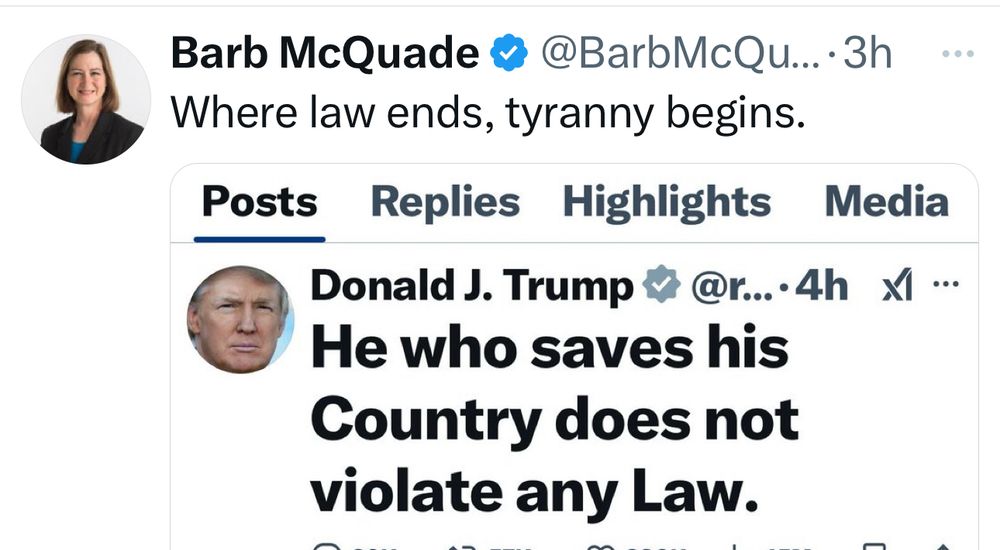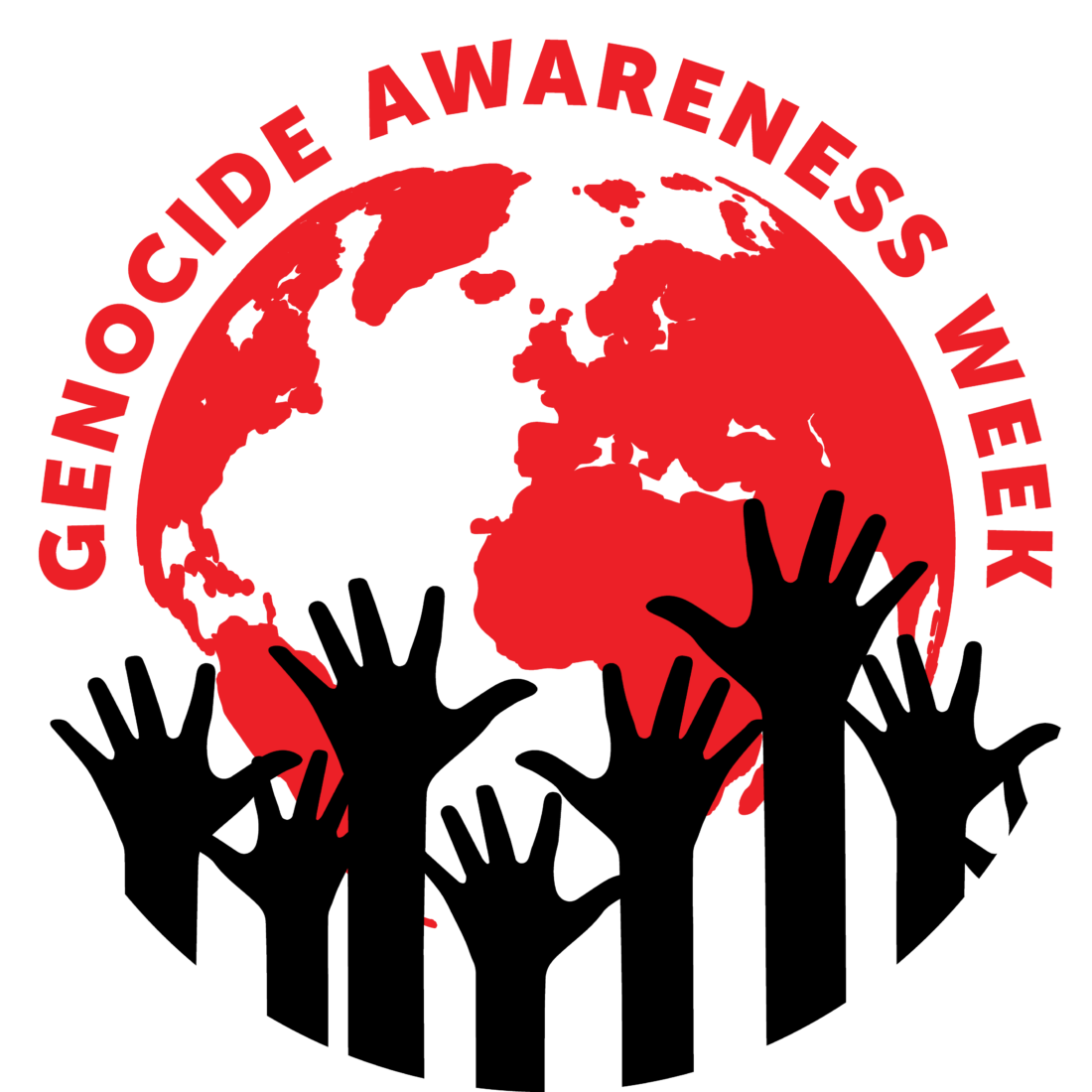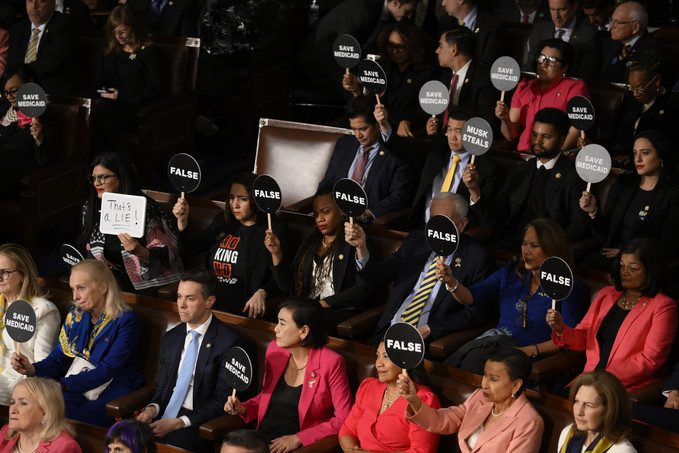Last week’s blog focused on my recent return from a trip I took with my wife to Europe to memorialize 80 years since the British army’s liberation of Bergen-Belsen and the American army’s rescue of me and the remnants of my family near Farsleben. The events made me think harder about my efforts to address the present and future global dangers that I have long referred to using the term “self-inflicted genocide(s),” and to follow up on my last examination of the topic from March 25, 2025. That blog expanded the term from my usual focus of climate change to other global threats such as AI, nuclear war, epidemics, and the chance of an asteroid hitting Earth. This blog should be read as an extension of that earlier blog.
Before returning home to the US, we stopped for two days in London to meet some friends. These friends are international lawyers. The first question that they asked me, after I described what we did in Germany, was whether my efforts to address future global threats focused on addressing future genocides of Jews, following the often-repeated line of “never again,” or whether my focus was more general. The question reminded me of some of my Jewish friends’ earlier objections to my writing that expressed reservations about my use of the term genocide based on the argument that it might have the impact of devaluing the horrors of the Holocaust.
This and next week’s blogs will attempt to extend the March 25, 2025 blog to include a closer look at the legal definition of genocide and to examine whether it still fits the extended definition described in that blog.
The March 25th blog mentions that the only accepted legal definition of genocide remains the one defined by the 1948 Convention on the Prevention and Punishment of the Crime of Genocide:
Definition:
Genocide is an internationally recognized crime where acts are committed with the intent to destroy, in whole or in part, a national, ethnic, racial, or religious group.
Key Elements:
-
- Intent to Destroy: The most crucial element is the intent of the perpetrators to destroy the group, not just to harm or persecute individuals.
- Targeted Group: The victims are targeted because of their membership in a specific group, not because of their individual actions or characteristics.
- Acts of Destruction: These acts can include killing members of the group, causing them serious bodily or mental harm, deliberately inflicting conditions of life calculated to bring about physical destruction, imposing measures intended to prevent births within the group, and forcibly transferring children of the group to another group.
The American Holocaust Museum cites that definition, but adds the following sentence:
“Although the term “genocide” is often used, its commission is rare when compared to other serious crimes that are not defined by an intent to destroy a targeted group, such as crimes against humanity and war crimes”
Recently, genocide accusations have increased significantly, focused on the following countries (Google AI):
-
Sudan:
- Rapid Support Forces (RSF) – The RSF denies these accusations.
- Janjaweed Militia: The RSF has historical ties to the Janjaweed militia, who were responsible for the genocide in Darfur in the early 2000s.
- Israel:
- Accusations of Genocide in Gaza. Israel has rejected these accusations as baseless.
- Myanmar:
- Rohingya Genocide: The UN and other international organizations have called for accountability for these actions.
- China:
- Uyghur Genocide: China denies these accusations.
- Azerbaijan:
- Nagorno-Karabakh: Azerbaijan denies these accusations.
Important Note: These are accusations of genocide, and determining whether genocide has occurred is a complex legal and factual matter. Accusations are often based on preliminary information and evidence, and formal legal proceedings may be necessary to establish guilt or innocence.
The American Holocaust Museum, through its Simon-Skjodt Center for the Prevention of Genocide, gives an explanation and adds a few countries to that list (Country Case Studies – United States Holocaust Memorial Museum).
The introduction to that list states that:
The Simon-Skjodt Center for the Prevention of Genocide focuses on threats of large-scale, group-targeted, identity-based persecution potentially rising to the level of genocide and/or related crimes against humanity. We work on select countries where these crimes are ongoing or at serious risk, prioritizing cases that are receiving insufficient policy attention. Below is a non-exhaustive list of cases on which the Center has worked.
The added countries include Afghanistan, Armenia, Bangladesh, Bosnia and Herzegovina, Cambodia, Cameroon, Central African Republic, Cote d’Ivoire, Democratic Republic of Congo, Ethiopia, India, Indonesia, Iraq, Mali, Rwanda, South Sudan, Syria, Uganda, Ukraine and Zimbabwe.
Israel and Azerbaijan from the AI list are missing from the Holocaust Museum’s list.
Accusations that were proven by courts of law to be Genocides (Google AI):
Three instances in history have been recognized as genocides under the 1948 Genocide Convention: the Cambodian genocide, the Rwandan genocide, and the Srebrenica massacre. Additionally, Israel has faced accusations of genocide against Palestinians, particularly in relation to its actions during the Gaza conflict. These accusations have been formally presented to the International Court of Justice by South Africa, who requested a provisional order for a cessation of military operations in Gaza.
While the Genocide Convention’s official designations are limited, the phenomenon of killing a certain group of people based on their race or ethnicity has been studied extensively. Figure 1 is from “Genocidal Massacres in the Spanish Conquest of the Americas: Xaragua, Cholula and Toxcatl,” in The Cambridge World History of Genocide.
[They carried out]…genocidal massacre[s] targeting a specific community because of its membership of a larger group: the primary objective of the European perpetrators was to provide an object lesson for the surviving members of that group.
Figure 1 – Genocidal massacres in the Spanish conquest of the Americas (Source: The Cambridge World History of Genocide)
The 1948 Genocide Convention didn’t exclude the possibility that the perpetrators of the genocide could be part of the afflicted group. Nor did it state that the judges determining whether the action fits the judicial constrains of genocide must be part of the afflicted group. This issue and the intrinsic difficulty of proving intent, which is an important constraint in the 1948 definition, will be discussed in next week’s blog.
The origin of the term that was described in the March 25, 2025 blog has its obvious roots in the Holocaust. Being a Holocaust survivor gives me “license” to try to extend and generalize the term to include recent global threats.
The March 25th blog describes the origin of the word genocide:
The word “genocide” was coined by Raphael Lemkin and used in the 3rd indictment of the Nuremberg Trials. The definition used in the trial was: “Extermination of racial and religious groups, against the civilian populations of certain occupied territories in order to destroy particular races and classes of people and national, racial, or religious groups, particular Jews, Poles, Gypsies and others.”
As mentioned before, the issue of “motive” in the definition of genocide is complex and will be further discussed in next week’s blog. To prove it in terms of the Holocaust was no problem because the Nazis openly expressed their intention to kill all the Jews. Their wish to eradicate Jews was not unique; they expressed it in context with their wish to eradicate other groups such as Roma, Sinti, people with disabilities, Jehovah’s Witnesses, and political opponents. Lemkin realized that and used the more general term “racial and religious groups.”
The legal definition is important because international—and sometimes national—court systems are often the last resorts to save many of us from such threats. This was discussed in terms of the present hostile governmental environment in the US and more generally in terms of the threats of climate change in the March 31, 2025 blog.

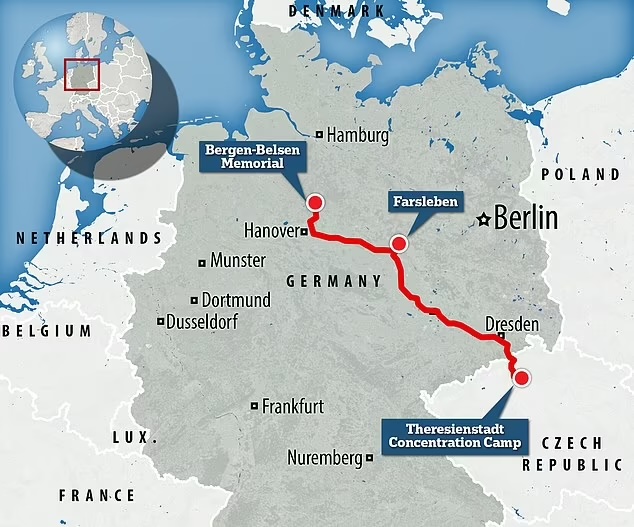
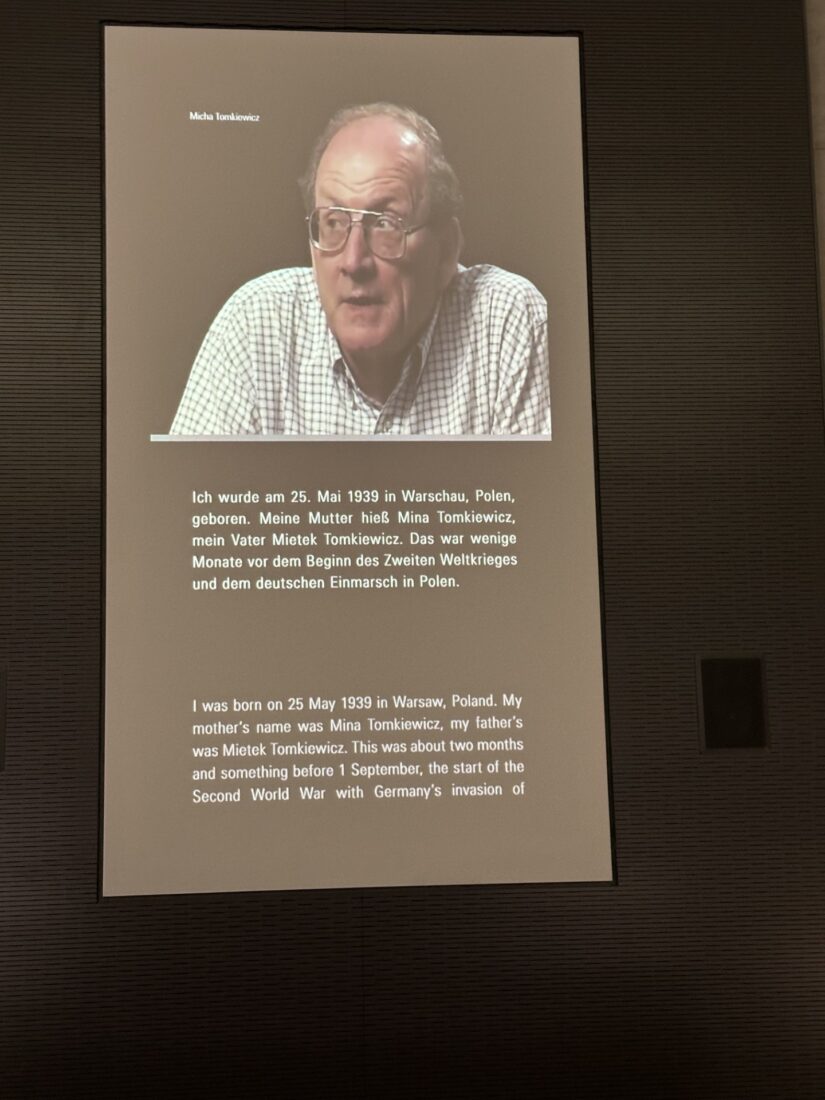
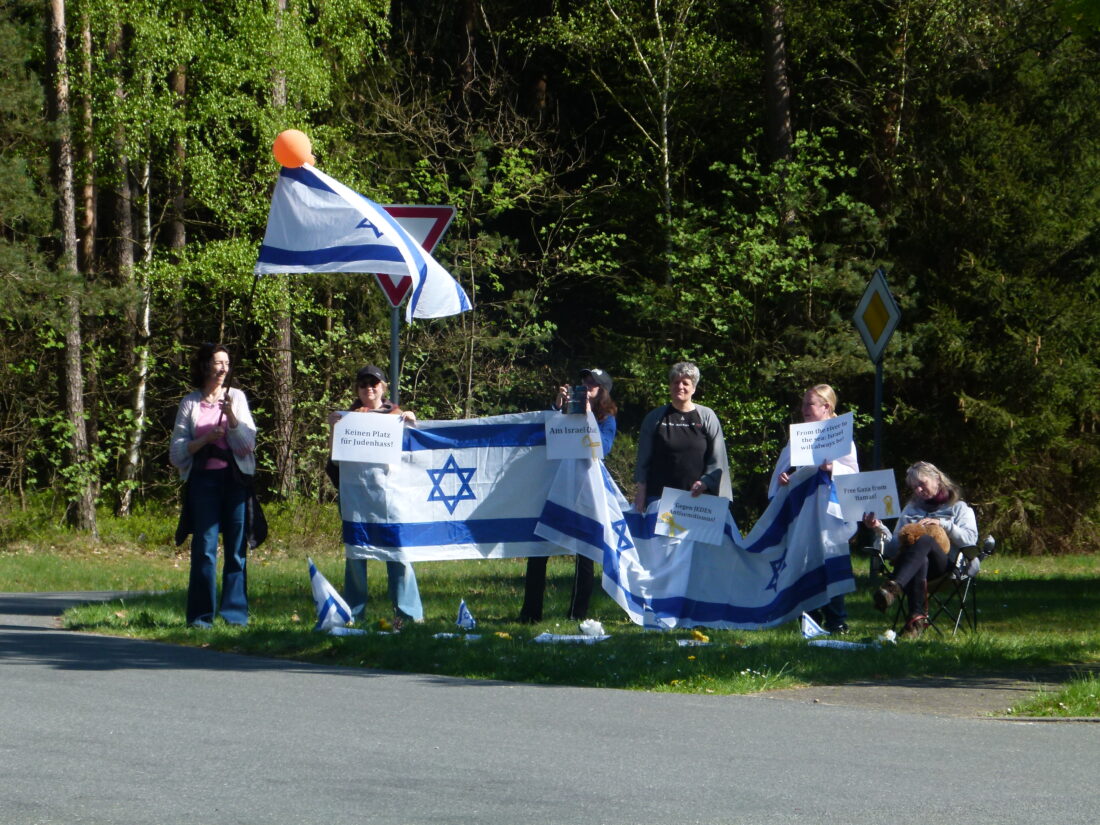
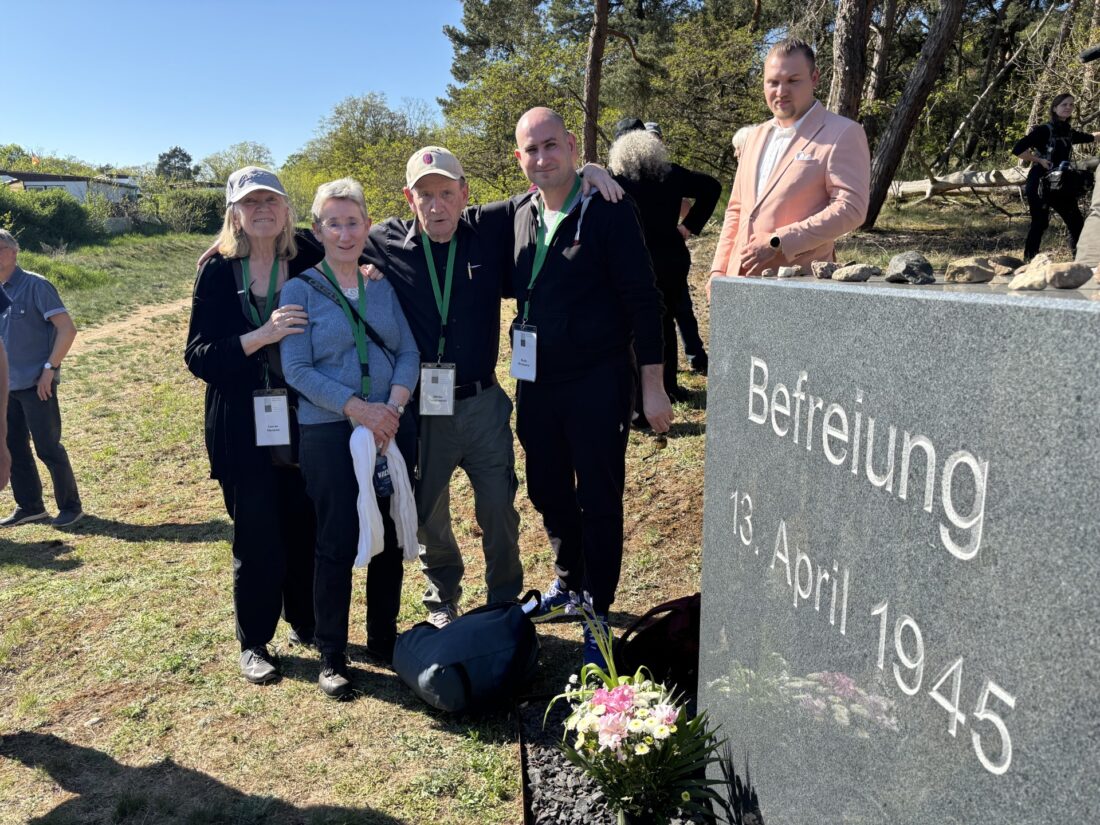

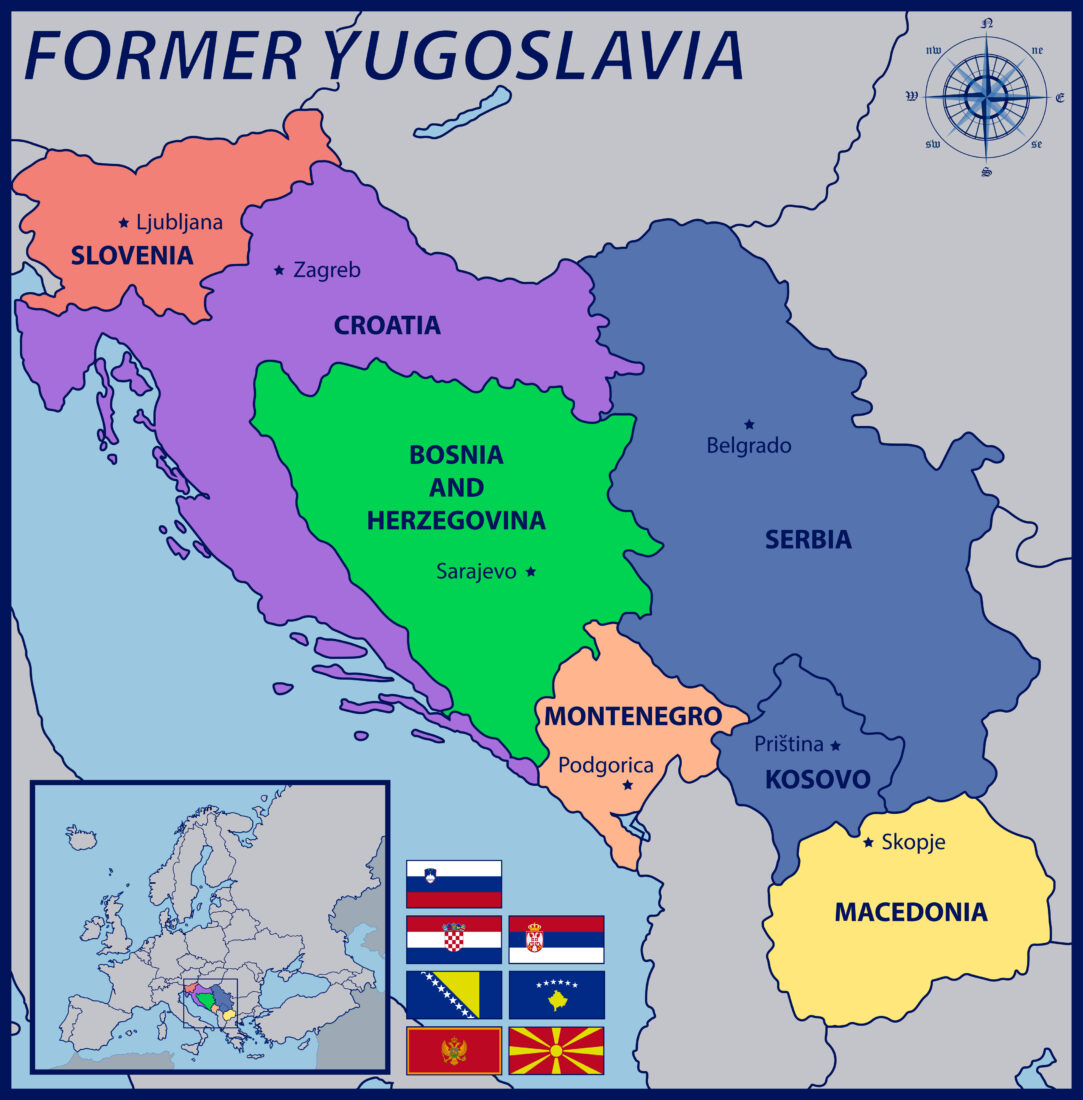
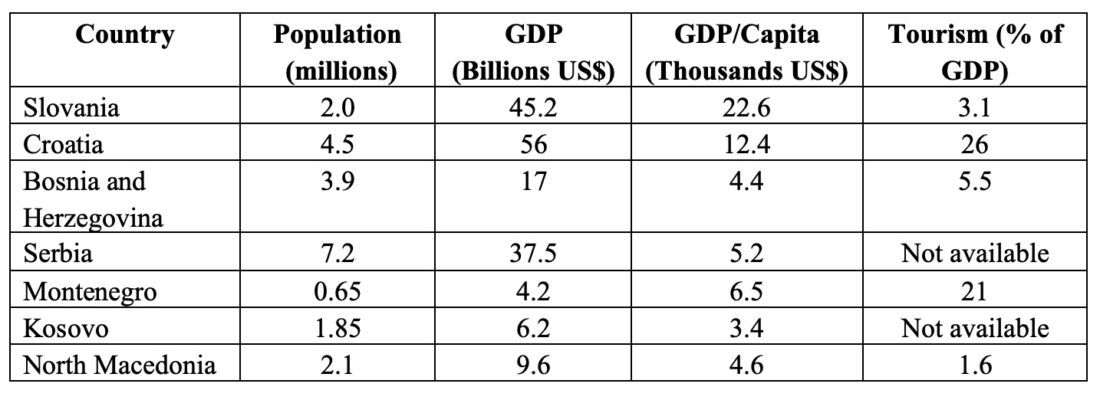
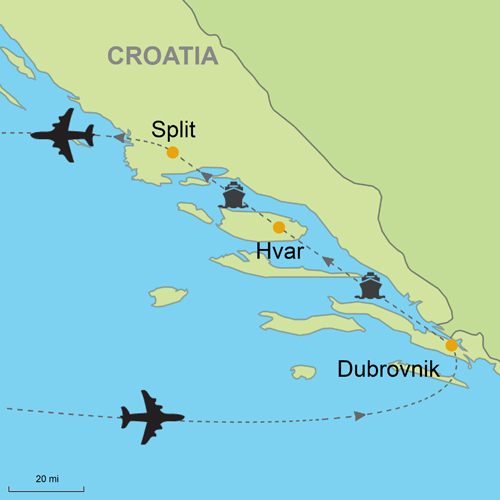

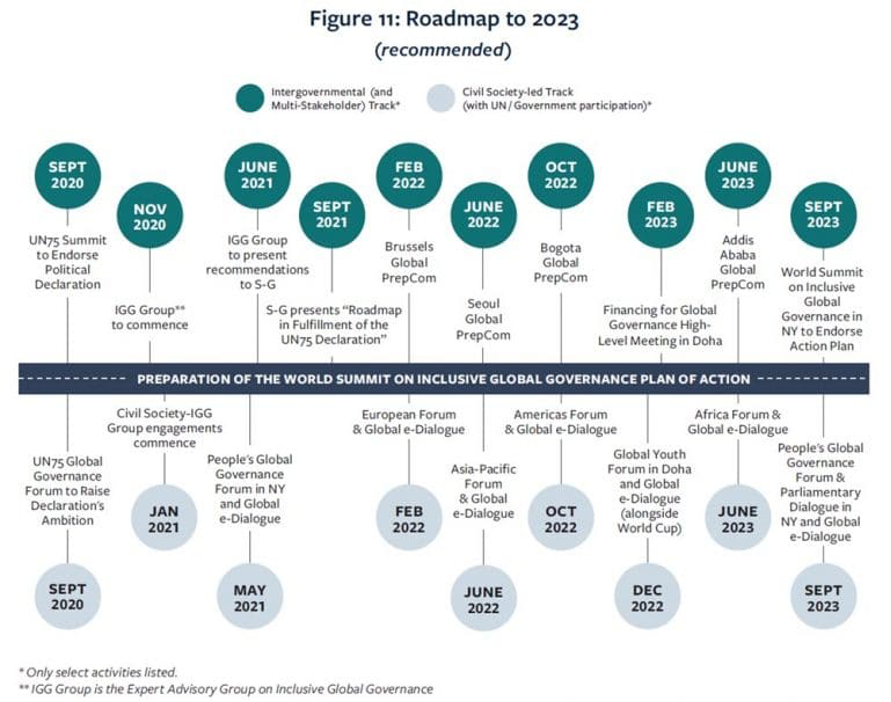
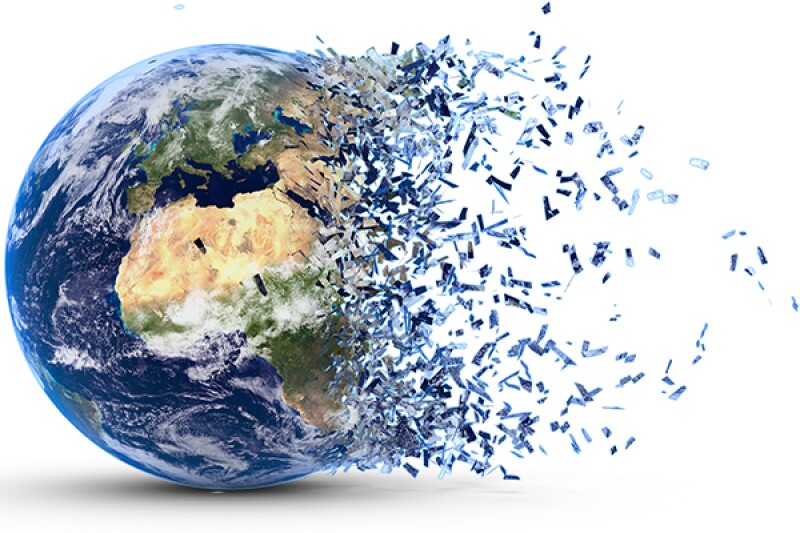
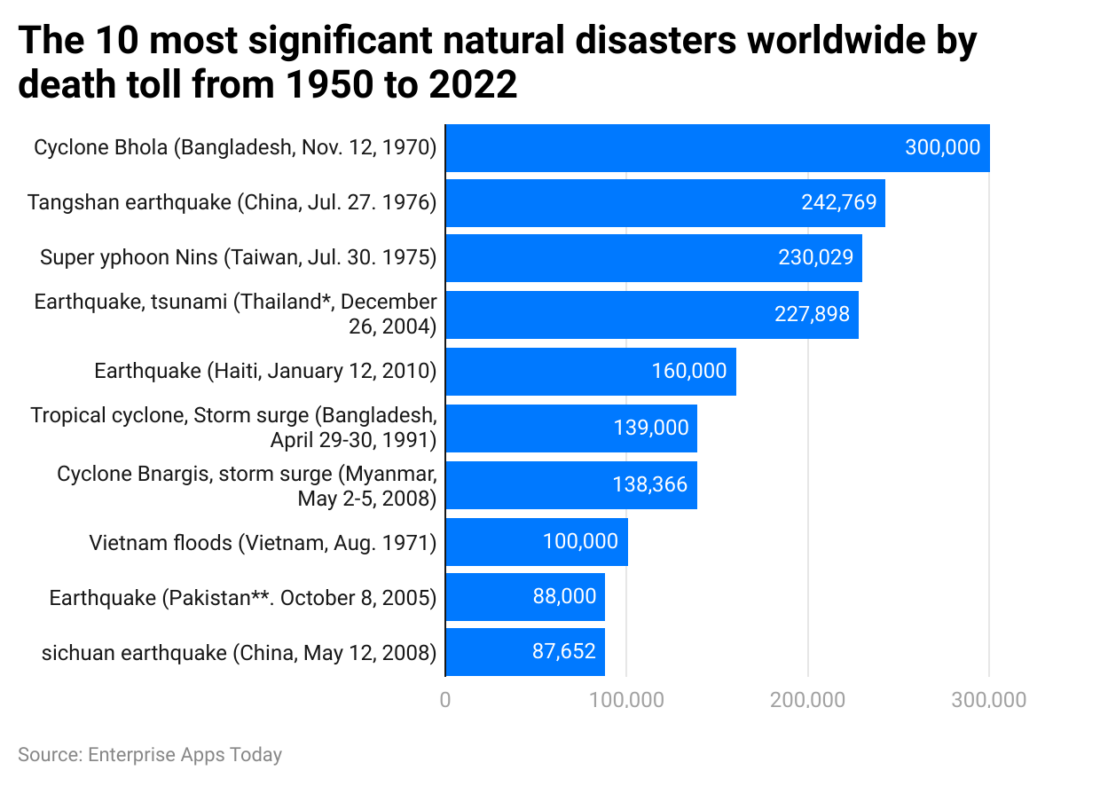
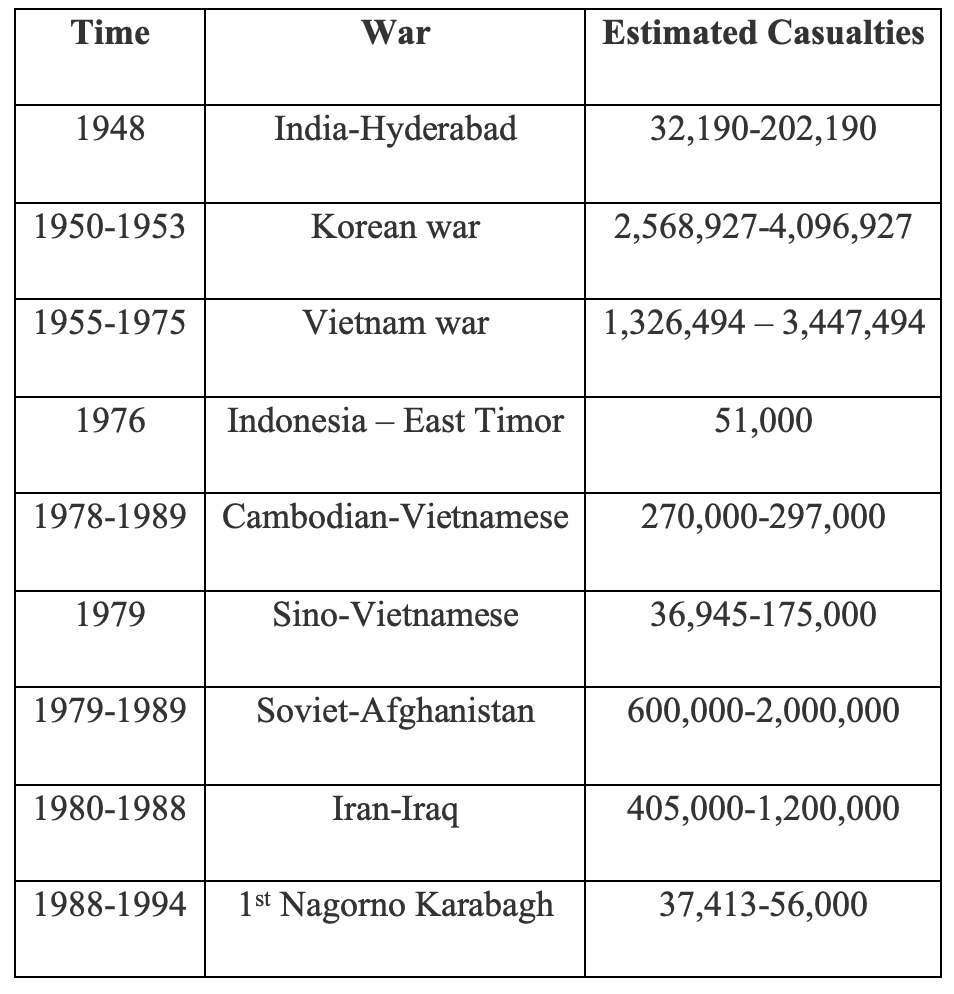
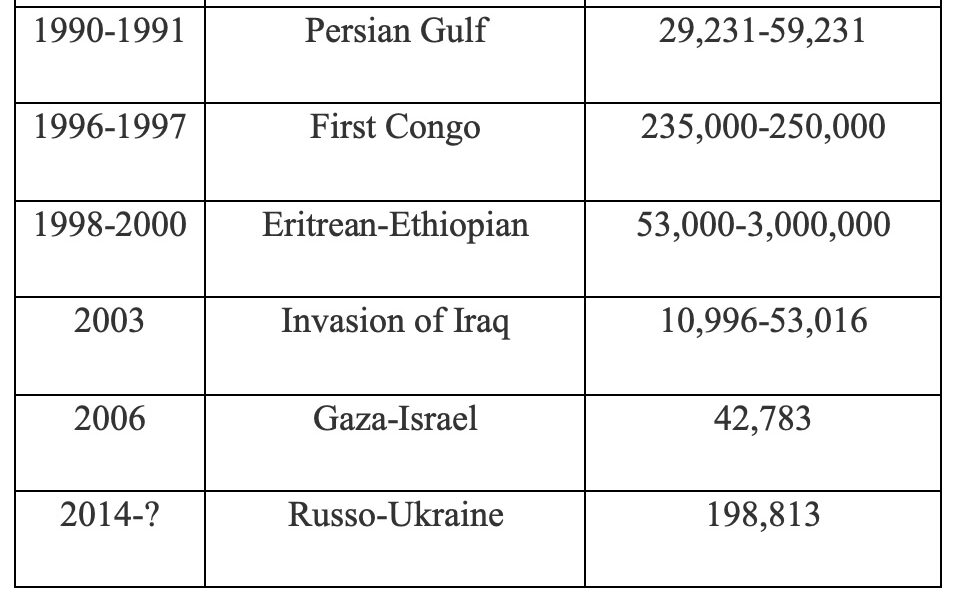

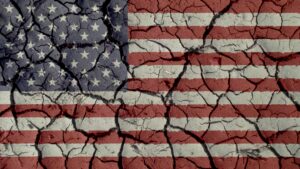
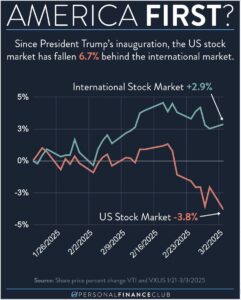
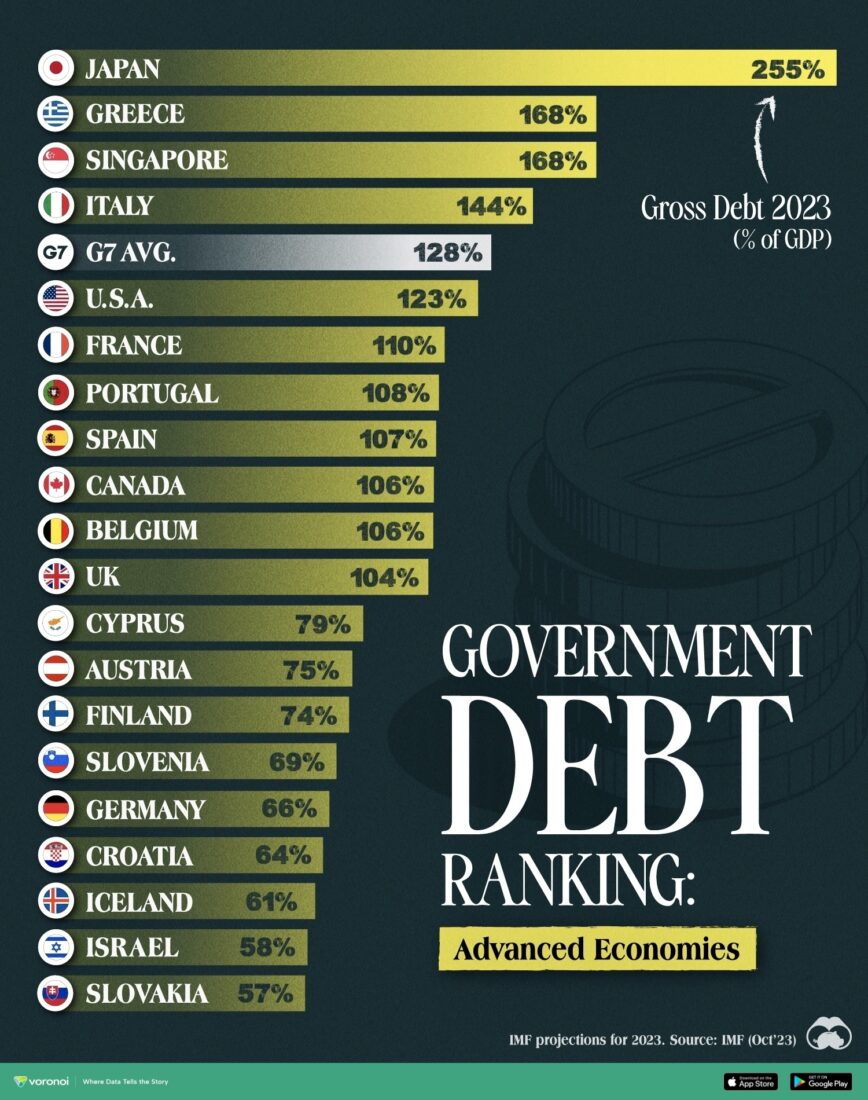 Figure 3 – Gross government debt in 2023 of leading developed countries as a percentage of their GDP (Source:
Figure 3 – Gross government debt in 2023 of leading developed countries as a percentage of their GDP (Source: 